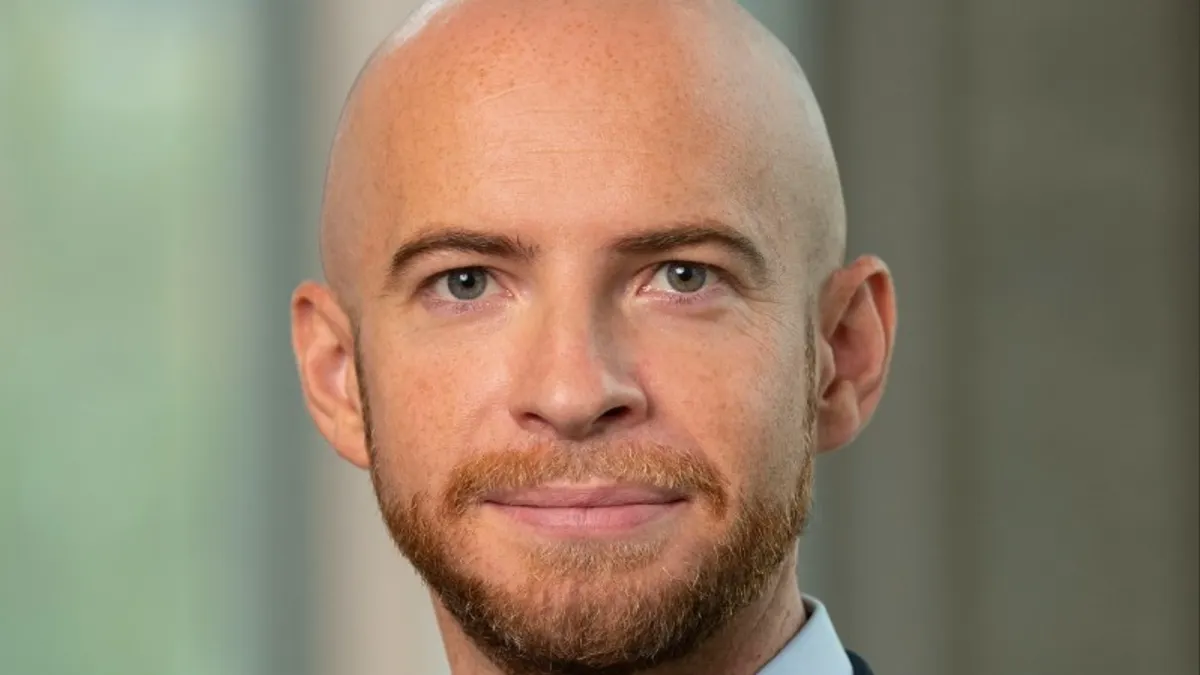In the high stakes world of drug development, the pressure to deliver positive clinical data is immense. And with the biopharma investment market sputtering, clinical outcomes can make or break a company’s chances of survival.
In recent years, adaptive clinical trials — which allow companies to adapt a design after seeing interim analysis — have emerged as a way to expedite drug development. Within adaptive trials, the approach of combining two phases into one — a “seamless” design — has also gained steam.
The FDA rubber stamped adaptive trials in 2018 as it stepped up its efforts to “modernize” development and approvals. Along with efforts to restructure the Center for Drug Evaluation and Research, the agency issued guidance on adaptive trials, including seamless design.
During her 25-plus years in the CRO space, Aman Khera, vice president and global head of regulatory strategy at Worldwide Clinical Trials, said she’s watched as adaptive trials have become more popular, particularly in oncology.
“Because time is money and there are so many companies in this space … oncology has always been where you can try new ways to develop drugs,” she said.
In particular, Khera pointed to Merck & Co.’s Keytruda trials — wherein investigators analyzed different doses during the study and then adjusted the protocol based on results — as a case-in-point for how adaptive trials can succeed.
The only problem? When it comes to creating seamless trials running two phases at once, the approach has often sent protocols spiraling out of control.
“Trials are asking so many questions in one protocol, they are becoming hard to execute,” Harish Dave, chief medical officer at AUM Biosciences, said.
A career researcher who’s helped lead over 100 studies in oncology and hematology, Dave said he understands the logic behind merging two studies into one.
“Seamless trials can certainly be more efficient by curtailing the time loss resulting from running two separate trials. Delays inherent in study closure, CSR preparation, developing a separate phase 2 protocol and steering it through regulatory approvals, site contracts, etc. all add significant time,” he explained. “By merging phase 1/2 and building some conditionality in the actual phase 2 execution based on phase 1 data, we can reduce this ‘white space.’”
“The moment you start asking for lots of extraneous information and all kinds of blood and tissue collection, data is going to fall through the cracks.”

Harish Dave
Chief medical officer, AUM Biosciences
And in his position at AUM, a clinical-stage company with two oncology candidates in (or nearing) phase 2 trials, he’s also sensitive to the pressure to crank out data.
“As a company, we want to be out there making noise about what we’re doing … and go back to the public to say ‘Here’s this exciting finding,’” he said.
But at AUM, Dave said he’s been backpedaling from seamless trial efforts because of the various hurdles they pose.
Endpoints overload: In the process of merging two phases into one, Dave said companies are getting too ambitious with the questions they’re asking.
“They want to put four different studies into one protocol,” he said.
And rather than focusing on safety and tolerability in combined phase 1/2 studies, companies also often search for efficacy signals too soon. Ultimately, this complexity creates additional opportunities to miss or lose data.
“The moment you start asking for lots of extraneous information and all kinds of blood and tissue collection, data is going to fall through the cracks,” he said. “The logistics of it are so difficult for the sites that they often can’t deliver.”
Site acceptance: Naturally, clinical site investigators have wised up to these challenges and, according to Dave, some may now avoid trials that look too difficult to handle.
Typically, trial sites fall into three buckets: Super academic sites — what Dave calls the “MC Andersons of the world” — other academic institutions and community sites. In oncology, Dave notes that super academic sites can help companies tap into a deep reservoir of specialized training — but community sites are often where you find the most patients. And some investigators at community sites have indicated that when they come across studies that look complicated and could tie up staff resources, they are less motivated to take them on.
“I get the sense that they will give priority to the simpler studies,” he said.
A better way
Dave’s advice to his peers in biopharma is clear cut: Keep trial design simple, make the protocol targeted and “keep drilling at what the FDA wants.”
Khera echoed this sentiment noting that “regulatory agencies across the globe are saying that you have to make trials simpler.”
Not only could this help with site acceptance and data collection, but it also boosts patient recruitment and ultimately saves time.
“By keeping trials simple, I am ultimately speeding up the recruitment rate by about a third. And if I can take recruitment from three months down to two — that’s huge,” Dave said. “This outweighs the time and money for a seamless trial.”
If a company is going to use an adaptive or seamless approach, Khera said that companies should think through the logistics and keep patients top of mind.
“When it works well, it works because you planned it really well,” she said. “Step back and ask: Are we getting the right data at the right time and are we thinking about the patient? You can’t just get patients into studies — you have to keep them.”
Dave added that the key is focusing on the objectives.
“Limiting objectives and scientific questions to what is strictly necessary and peeling off the ‘nice-to-haves’ makes for studies that have a reduced footprint at the site and encourages investigators to recruit more readily while maintaining compliance and possibly even reducing drop-outs,” he said. “Lastly, with a seamless design, one is not obliged to conduct the second part of the study in case the results are unimpressive from the first part — easier to stop early rather than have to spend time and effort developing and executing the second part of the study only after the first is completed.”



















